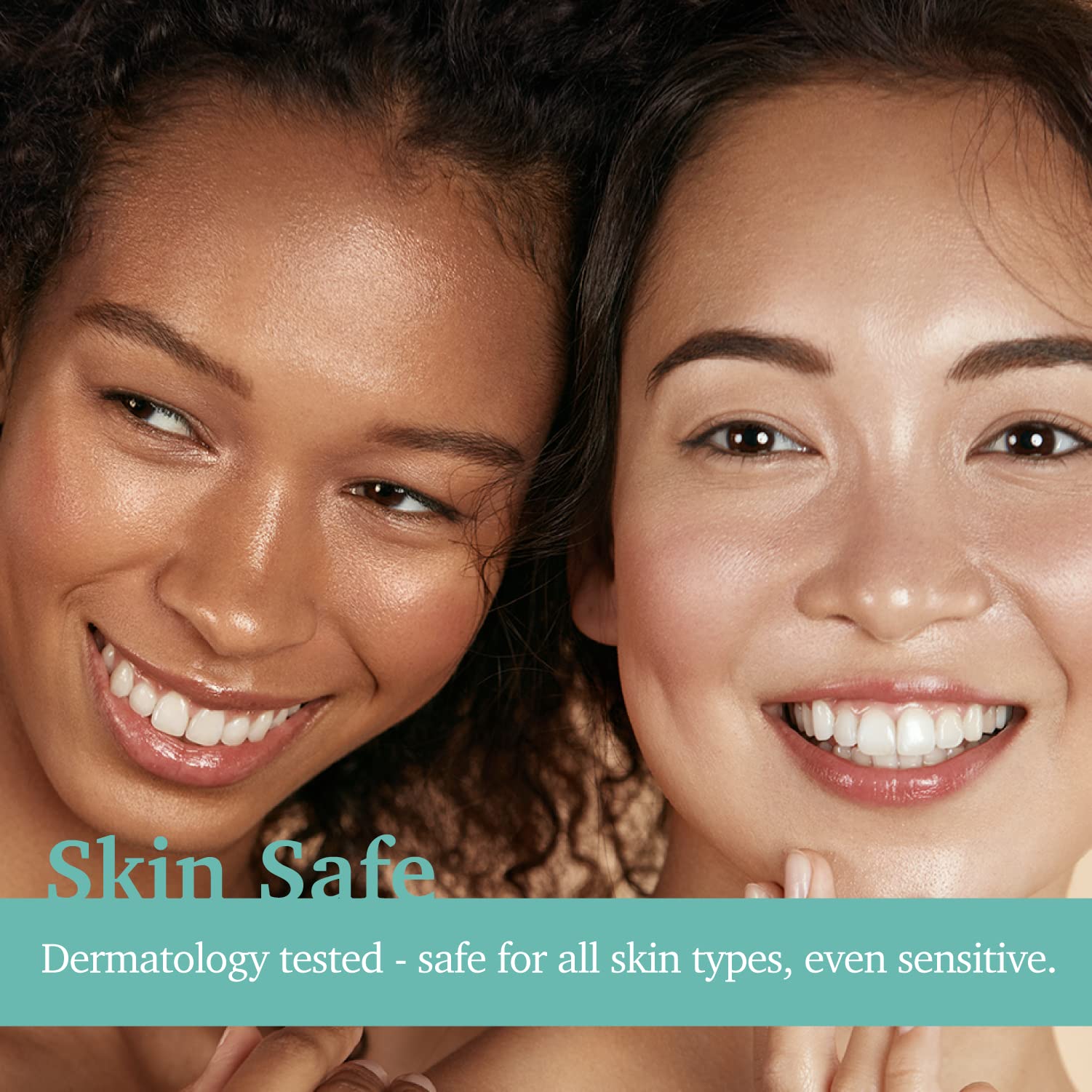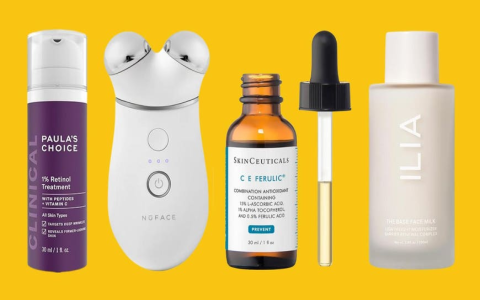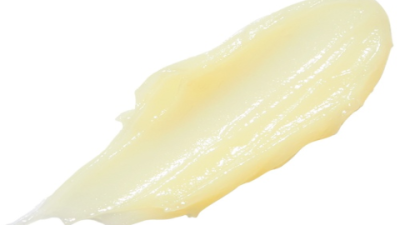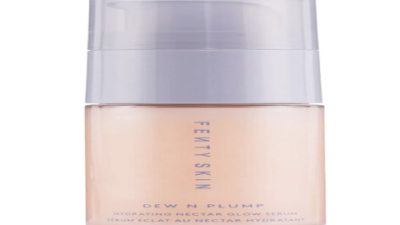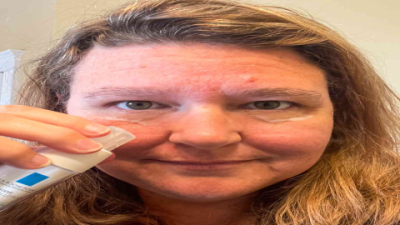I'll be honest - I used to think that achieving that Instagram-worthy glowing skin was just good genetics and expensive treatments. But then I discovered retexturising serums, and honestly? Game changer. Like, seriously.
Look, I've been down this skincare rabbit hole for years now (my bathroom cabinet is embarrassing), and I can tell you that retexturising serums are probably one of the few things that actually live up to the hype. They're not just another trendy skincare product that influencers push - these things actually work to give you smoother, more radiant skin.
The thing is, most people don't really understand what makes these serums so special. I mean, I didn't either until I started really digging into the science behind them. Basically, they're like having a mini facial every time you use them, but without the hefty price tag or having to book appointments weeks in advance.
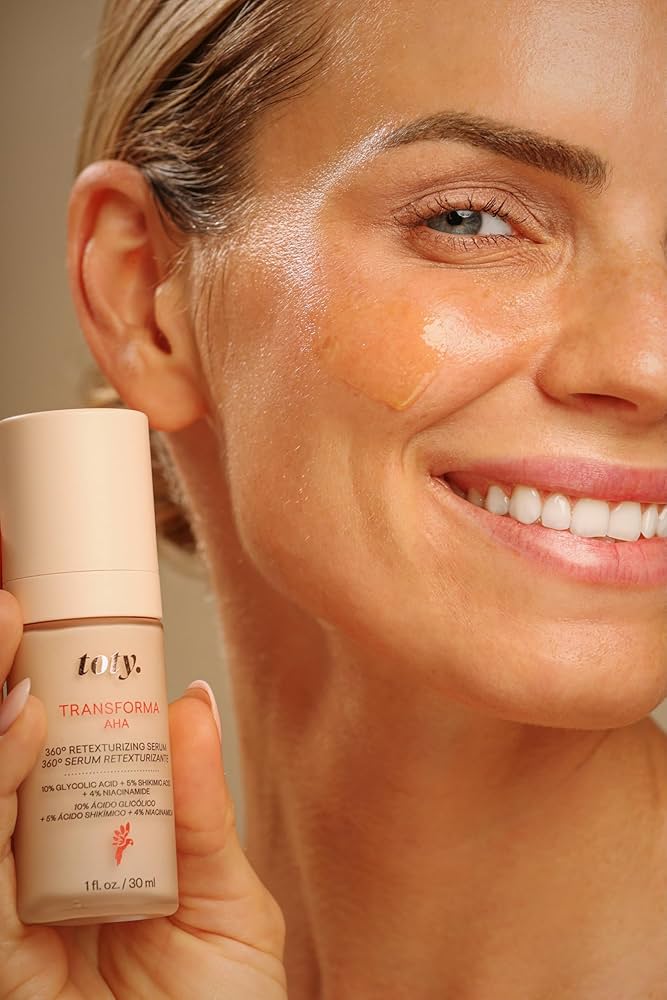
What Actually Makes Retexturising Serums Work?
Okay, so here's where it gets a bit sciencey, but stick with me because this is actually fascinating stuff. Your skin naturally sheds dead cells every days when you're young. But as we age (ugh, right?), this process slows down dramatically. By your thirties, it can take up to days! No wonder our skin starts looking dull and rough.
Retexturising serums basically tell your skin, "Hey, speed things up!" They contain these powerful ingredients - mostly acids, don't worry, they're the good kind - that dissolve the glue holding dead skin cells together. It's like giving your skin permission to let go of all that old, tired stuff and reveal the fresh, healthy skin underneath.
The magic happens through several mechanisms:
- Chemical exfoliation - Way gentler than scrubs, trust me on this
- Collagen boost - Your skin gets firmer and plumper
- Pore clearing - Finally, those stubborn blackheads meet their match
- Even skin tone - Dark spots and discoloration start fading
- Better hydration - Your moisturizer actually works better
The Ingredients That Actually Matter
I've tried probably dozens of different serums over the years, and let me save you some trial and error. Not all ingredients are created equal, and some combinations work way better than others.
| Ingredient Type | What It Does | Best For | My Take |
|---|---|---|---|
| Alpha Hydroxy Acids Glycolic, Lactic, Mandelic |
Surface smoothing, texture improvement | Dull, rough skin | Start gentle - glycolic is strong! |
| Beta Hydroxy Acids Salicylic Acid |
Deep pore cleaning, oil control | Oily, acne-prone skin | My oily T-zone's best friend |
| Polyhydroxy Acids Gluconolactone |
Gentle exfoliation plus hydration | Sensitive skin | Perfect for beginners |
| Peptides Copper, Palmitoyl |
Collagen production, firmness | Aging concerns | Takes time but worth it |
| Vitamins C, Niacinamide, Retinol |
Antioxidants, brightening | Overall skin health | Niacinamide is underrated |
Glycolic acid is probably the star player here. I remember when I first used a glycolic serum - the results were visible within just a few days. My skin felt smoother, looked brighter. But here's the thing nobody tells you: start slow! I made the mistake of using it daily right away and ended up with irritated, red skin for a week. Learn from my mistakes, people.
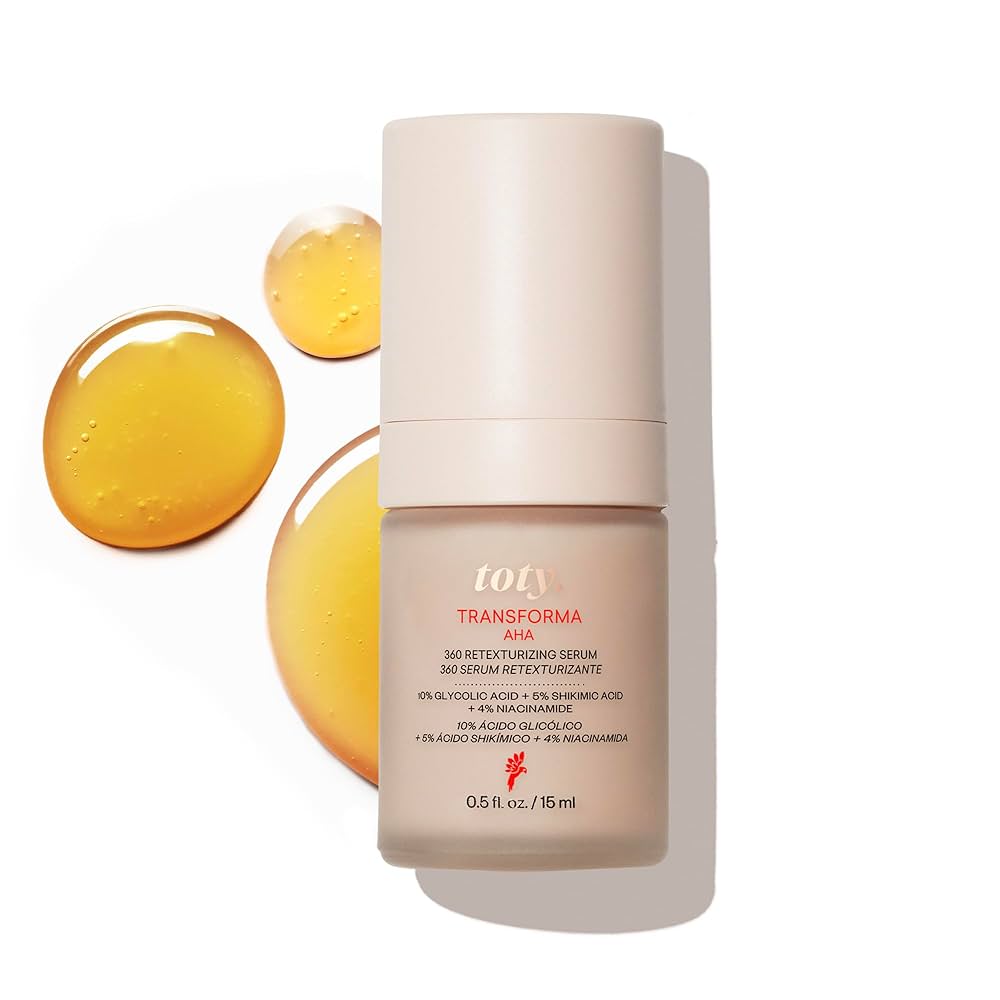
Niacinamide is another ingredient I absolutely swear by. It's like the Swiss Army knife of skincare - it does everything. Reduces pores, controls oil, calms redness, strengthens your skin barrier. I've seen studies showing 5% niacinamide can shrink pore appearance by about 23% in two months. Not bad, right?
How to Actually Choose the Right Serum
This is where most people get overwhelmed. The skincare aisle at Sephora can feel like a maze, and don't even get me started on online shopping - there are literally thousands of options.
Here's what I've learned after years of trial and (lots of) error: know your skin type first. I know, I know, everyone says this, but seriously. I spent way too much money on products that weren't right for my combination skin before I figured this out.
If you're new to acids: Start with something gentle. PHAs or low-concentration AHAs (around 5%) are your friends. Your skin needs time to adjust, and there's no shame in taking it slow. I wish someone had told me this when I was and impatient.
Combination skin types (like me) do best with serums that have both AHAs and BHAs. The AHAs handle the dry areas and overall texture, while the BHAs dive into those oily pores on your T-zone. It's like having a targeted approach for different parts of your face.
For mature skin: Look for serums that combine acids with peptides and antioxidants. My mom started using one of these at 55, and the difference in her skin texture after three months was honestly incredible. She kept asking if I noticed anything different, and I definitely did.
Professional vs Drugstore: What's Worth the Splurge?
I've used both high-end and drugstore retexturising serums, and here's the truth: you don't always need to break the bank. Some of my favorite serums are from brands you can find at Target.
Professional-grade serums usually have higher concentrations of actives - think 15-30% glycolic acid versus 5-10% in over-the-counter options. They work faster, but they also come with higher risks of irritation. Plus, they're expensive. Really expensive.
For most people, especially if you're just starting out, drugstore options are perfect. Many mainstream brands now use the same ingredients as high-end products, just in lower (safer) concentrations.
The Right Way to Use These Things
Okay, this is probably the most important section because I see so many people mess this up. Application technique can literally make or break your results.
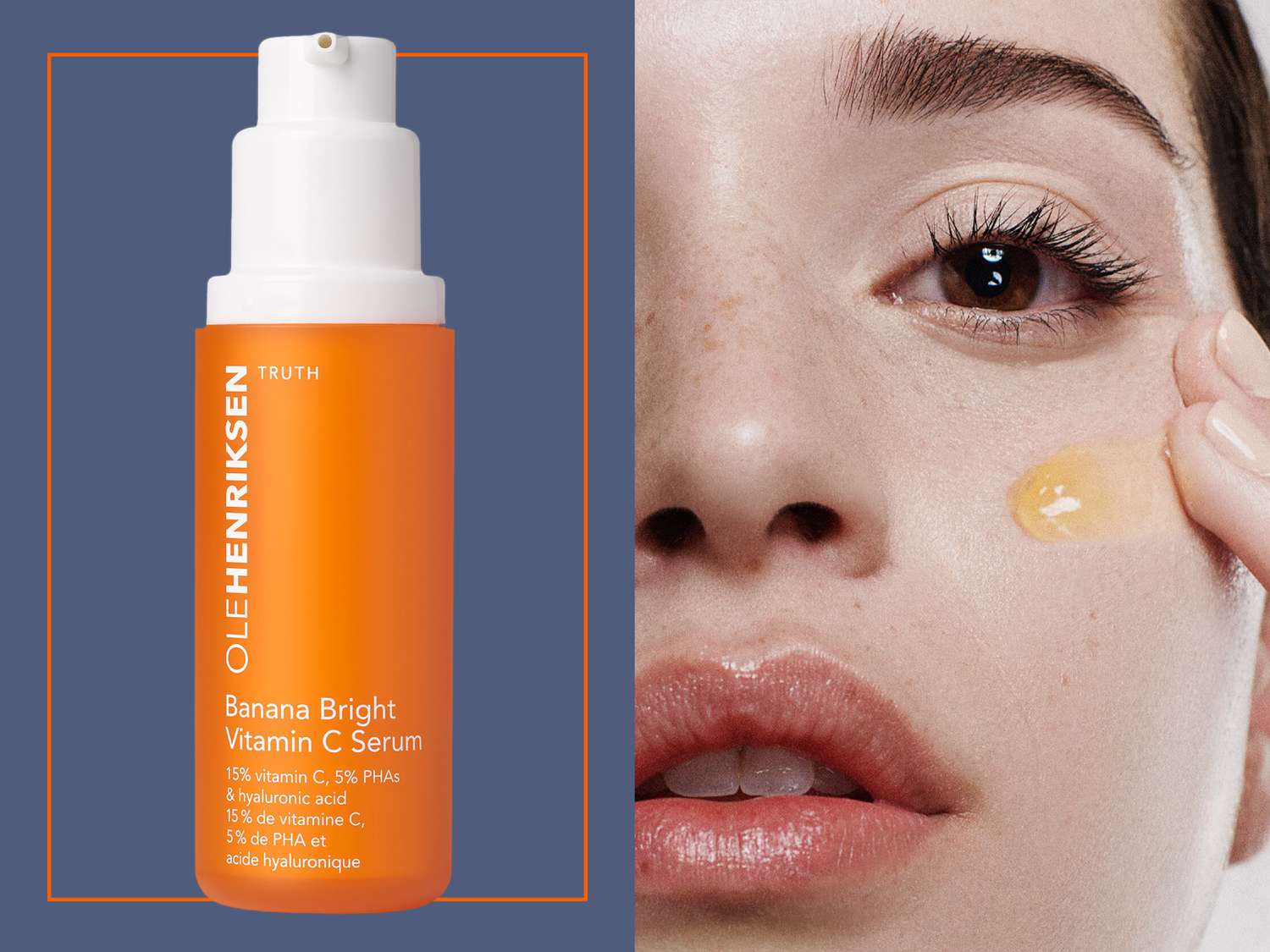
Always use retexturising serums at night. Always. I learned this the hard way when I used a glycolic serum in the morning and spent the day looking like a lobster despite wearing sunscreen. These ingredients make your skin more sensitive to sun, period.
Here's my foolproof routine (developed after many skincare disasters):
- Cleanse properly - I use a gentle, low-pH cleanser. Nothing fancy.
- Wait 15- minutes - This is crucial! Wet skin absorbs acids too quickly, which equals irritation.
- Apply the serum - Pat, don't rub. Use less than you think you need.
- Wait another 15- minutes - I usually brush my teeth or do my hair during this time.
- Moisturizer - Non-negotiable. Your skin needs this recovery time.
Start with once or twice a week. I cannot stress this enough. I don't care what the bottle says, I don't care if your friend uses it daily from day one. Your skin needs time to adjust. Work up to daily use gradually over several weeks.
Mistakes That Will Ruin Your Progress
I've made pretty much every mistake possible with retexturising serums, so let me save you some trouble.
Using too much product: More is not better. I used to slather these serums on thinking it would give me faster results. All it gave me was irritated, peeling skin. A few drops is enough for your entire face.
Mixing with the wrong stuff: Don't use vitamin C serum at the same time. Don't use benzoyl peroxide. Don't use other strong acids. I once mixed a glycolic serum with a vitamin C serum and my skin was angry for days. These ingredients can neutralize each other or cause reactions.
Skipping sunscreen: This is probably the biggest mistake people make. Chemical exfoliants remove your skin's protective dead layer, making you more vulnerable to UV damage. I use SPF minimum, every single day, even when it's cloudy. Even in winter. Your future self will thank you.
Building Your Complete Routine
A good retexturising routine isn't just about the serum - it's about everything working together. Think of it like a supporting cast where everyone has a role to play.
Morning routine should be simple: Gentle cleanser, maybe a hydrating toner, moisturizer with SPF. That's it. Your skin is still recovering from the night before, so keep things minimal.
Evening is when the magic happens: This is serum time, supported by proper cleansing and good recovery products. I sometimes add a hydrating essence before my serum if my skin feels particularly dry.
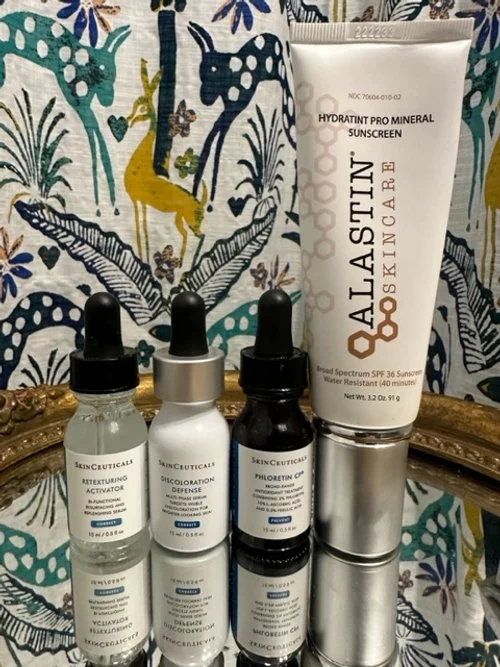
Weekly maintenance is where you can get creative. I do a hydrating mask once a week, usually on Sunday nights. Sometimes I'll use a gentle enzyme mask if my skin needs extra help. Just don't overdo it - your retexturising serum is already doing heavy lifting.
Real Talk: What to Expect and When
Let's set realistic expectations here. Instagram and TikTok make it seem like you'll wake up with perfect skin after one use. That's not how this works.
In my experience, you'll notice your skin feels smoother pretty quickly - within a week or two. The glow starts showing up around week 3-4. Real texture improvements take about 6- weeks of consistent use. If you're dealing with more serious concerns like deep acne scars or significant sun damage, you're looking at 3- months minimum.
I remember being so discouraged at week because I wasn't seeing the dramatic before-and-after photos I'd seen online. But then around week 6, people started commenting on how great my skin looked. Sometimes the changes are so gradual that you don't notice them yourself until others point it out.
Common Questions I Get Asked
Can I use this with retinol?
Generally, no - not at the same time. Both are pretty strong, and using them together is asking for irritation. If you want to use both, alternate nights or use one in the morning (though that's not ideal for most retexturising serums).
What if my skin gets irritated?
Back off immediately. Reduce frequency, focus on gentle, hydrating products. If it's really bad, stop using it for a few days and restart more slowly. There's no shame in taking a break.
Is this safe during pregnancy?
Most AHA and BHA serums are considered safe, but definitely check with your doctor first. Avoid anything with retinoids or high-concentration salicylic acid.
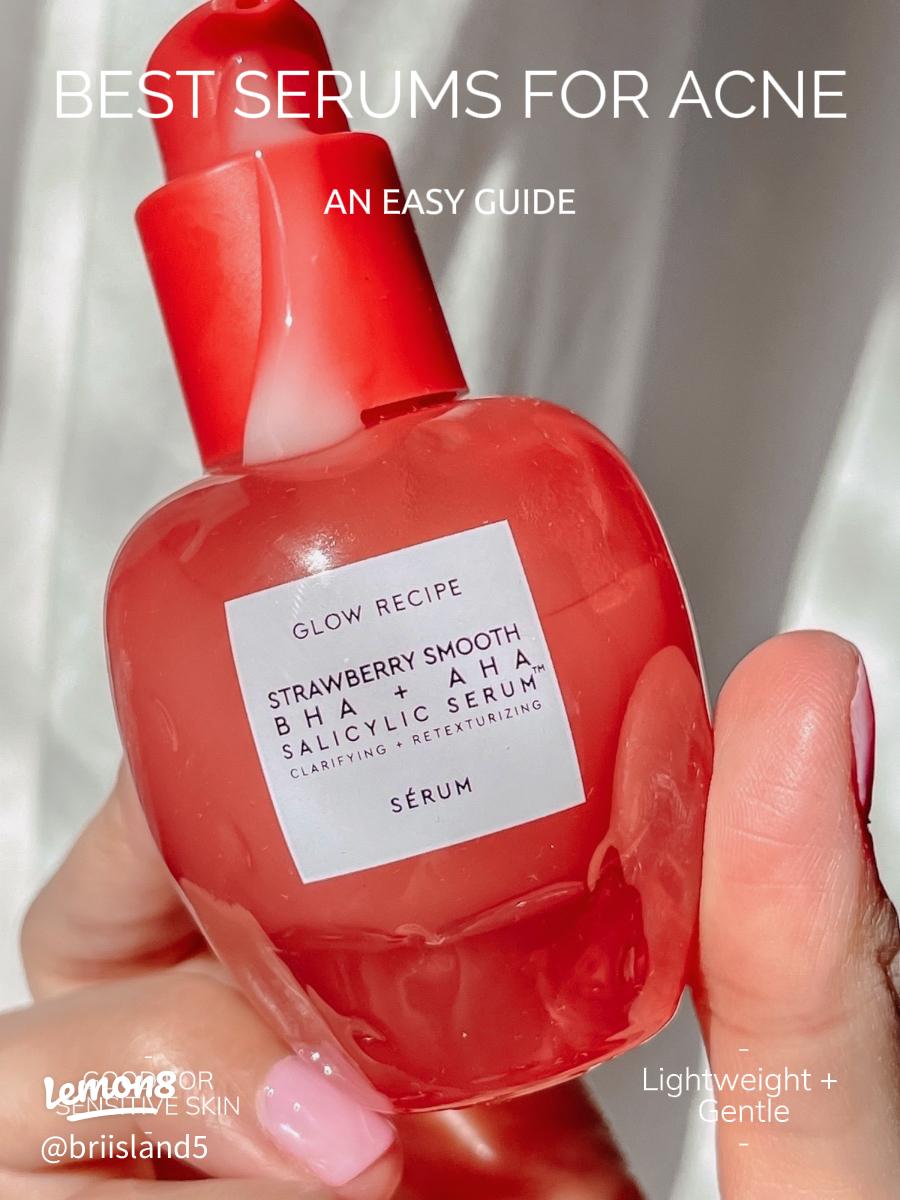
How do I know it's working?
Your skin should gradually feel smoother and look brighter. You might feel a slight tingling when you first apply it - that's normal. But if you're experiencing burning, excessive redness, or peeling, that's not normal.
Can sensitive skin use these?
Absolutely, but start with PHAs or very low concentrations of AHAs. Patch test everything. My friend has super sensitive skin and found a great PHA serum that works perfectly for her.
What's Coming Next
The skincare industry is always evolving, and retexturising serums are getting more sophisticated. I'm seeing more encapsulated ingredients that release slowly over time - less irritation, same results. There are also formulas that support your skin's microbiome while exfoliating, which is pretty cool.
Some brands are starting to offer customized serums based on your specific skin analysis. I tried one recently and was impressed by how targeted it felt to my particular concerns.
The integration of AI in skincare recommendations is also getting better at helping people find the right products for their unique skin profile. Though honestly, sometimes I think there's no substitute for good old trial and error.
Look, achieving smooth, glowing skin with retexturising serums isn't magic, but it does require patience and consistency. I've been using these products for years now, and my skin is definitely better for it. Start slow, listen to your skin, and don't be afraid to adjust your routine as you go.
Remember, skincare is super personal. What works amazing for your friend might not work for you, and that's totally normal. The key is finding what works for your unique skin and sticking with it long enough to see results.
Your skin didn't get to its current state overnight, and it won't transform overnight either. But with the right retexturising serum and some patience, you can definitely get that smooth, glowing complexion you're after. Trust the process - and trust me, it's worth it.
